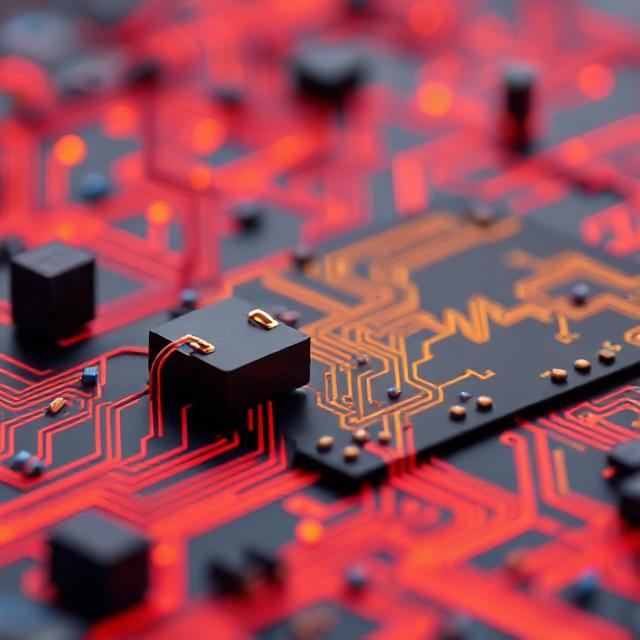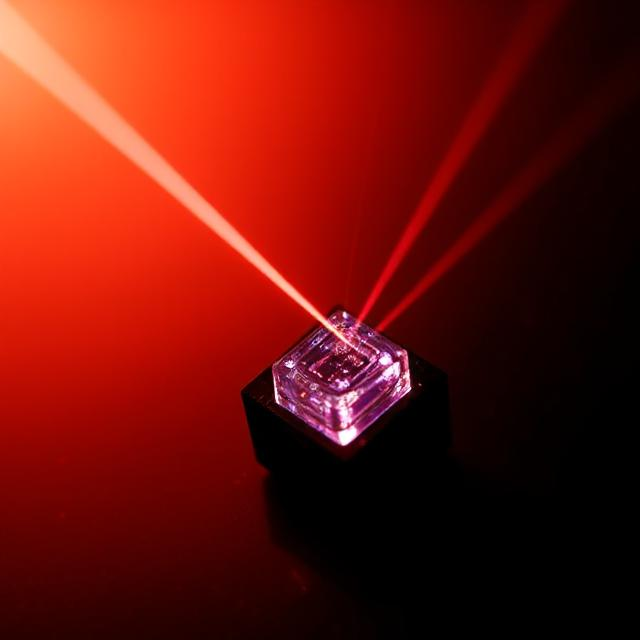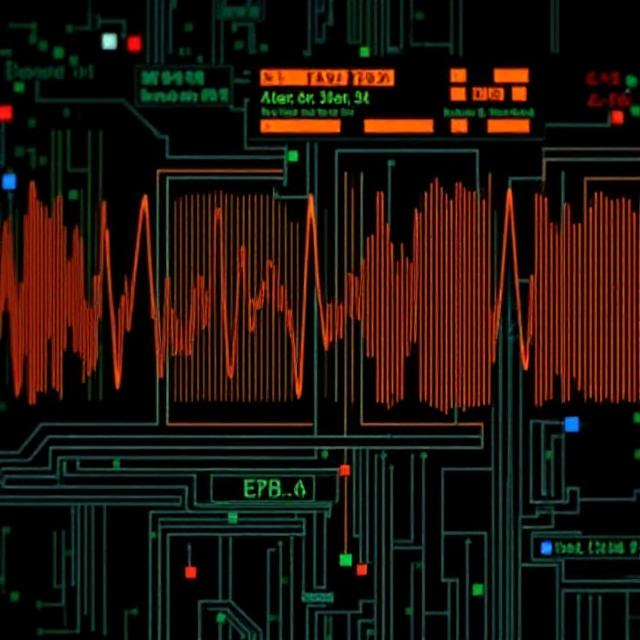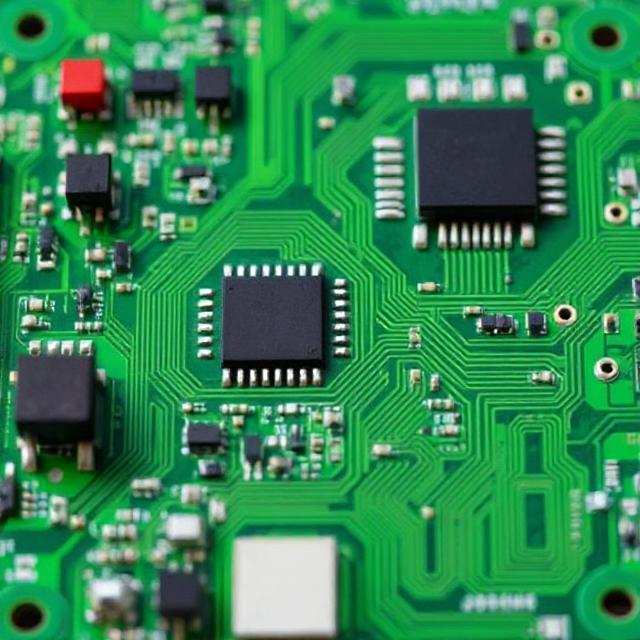What is a Charge-Coupled Device (CCD)?
A Charge-Coupled Device (CCD) is a type of technology used to capture and convert light into electrical signals. It’s most commonly found in digital cameras, video cameras, and other imaging devices, where it’s used to create the pictures or videos you see.
In simple terms, a CCD is like an electronic “eye” that “sees” light and turns it into data that we can store and process.
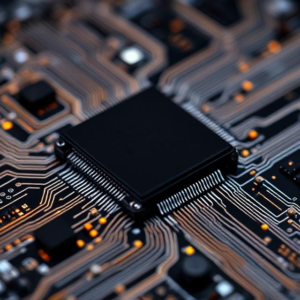
How Does a CCD Work?
- Capturing Light:
- A CCD is made up of millions of tiny pixels (picture elements) that act like light-sensitive cells.
- When light hits the surface of the CCD, each pixel captures it and creates a small electrical charge. The amount of light that hits each pixel determines how much charge is created. More light means a larger charge; less light means a smaller charge.
- Storing the Charge:
- Each pixel’s charge is temporarily stored in that pixel’s location. However, these charges don’t stay there forever. They need to be moved to another part of the device for processing.
- Shifting the Charge:
- The key feature of CCDs is their ability to move these electrical charges from one pixel to another, kind of like “passing the charge along a chain.”
- The CCD moves the charges across the surface to a point where they can be read out. This is called the “charge-coupling” process. The charges are shifted from one pixel to the next until they reach an output amplifier, which converts them into a digital signal.
- Converting to Digital Data:
- The charges are finally read by an amplifier, which converts the electrical charge from each pixel into a voltage. The voltage is then converted into a digital signal that the camera’s processor can understand.
- These digital signals are then used to form a picture or video.
Why Are CCDs Important?
- High-Quality Images:
- CCDs are known for capturing very clear and detailed images with good color accuracy, which is why they are often used in high-end cameras and telescopes.
- Light Sensitivity:
- CCDs are very sensitive to light, meaning they can capture good-quality images even in low-light conditions. This makes them ideal for things like astronomy, medical imaging, and professional photography.
- Low Noise:
- CCDs produce less noise (unwanted random signals) compared to other sensors, which helps create clean and sharp images.
Where Are CCDs Used?
- Digital Cameras:
- CCDs are used to capture photos and videos in digital cameras, including professional and high-quality cameras.
- Cameras in Smartphones:
- Though many modern smartphones use a different type of sensor (CMOS), older or higher-end phones may still use CCDs for better image quality.
- Medical Imaging:
- CCDs are used in medical devices like X-ray machines, endoscopes, and dental imaging to capture clear images of the inside of the body.
- Astronomy:
- In telescopes, CCDs are used to capture images of distant stars, planets, and galaxies with great detail and sensitivity.
- Surveillance Cameras:
- Some security cameras use CCDs because they can capture sharp images in various lighting conditions.
Advantages of CCDs
- Excellent Image Quality:
- CCDs provide high-resolution images with rich color and excellent detail, making them ideal for photography and scientific applications.
- Low-Light Sensitivity:
- CCDs are very good at capturing images in low-light situations, so you can take clear pictures in dim environments without using a flash.
- Less Noise:
- CCDs have lower noise levels than other types of image sensors, which means the final image is cleaner and sharper.
Disadvantages of CCDs
- Cost:
- CCDs are more expensive to manufacture than other image sensors like CMOS (Complementary Metal-Oxide-Semiconductor) sensors. This can make devices that use CCDs more costly.
- Power Consumption:
- CCDs tend to use more power than CMOS sensors, which can be a downside for portable devices like smartphones or cameras that rely on battery life.
- Slower Readout:
- CCDs can take longer to transfer the captured charges and process the image compared to CMOS sensors, which can lead to slower performance in some situations, especially for video or fast-action photography.
Summary
In summary, a Charge-Coupled Device (CCD) is an electronic component that captures light and converts it into electrical signals, which are then turned into a digital image. It’s used in many imaging devices like cameras, telescopes, and medical equipment because of its ability to produce high-quality, detailed images, especially in low-light conditions. However, CCDs can be more expensive and use more power than other types of sensors, like CMOS sensors.

